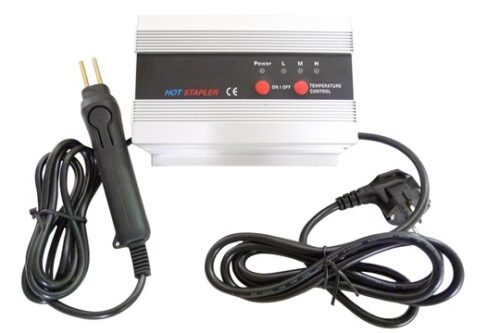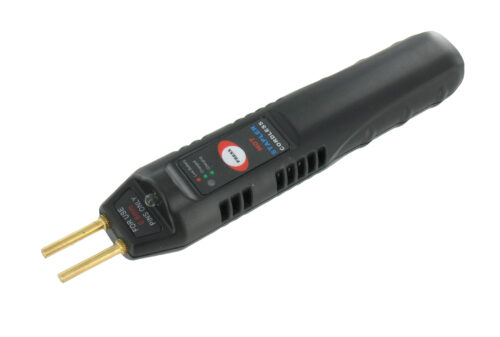Popular TSB on PSA with fault codes on Eolys system like P1434 and P1435.
This TSB was downloaded 18,847 times in 2022, making it the most popular among our users in DDTSB.
The TSB is the sum of experience from our hotline and brand specialists. If we get hotline requests because of new problems (not yet addressed in the TSB) we update the TSB with new content. This is also what makes the TSBs in our program unique. If a TSB does not solve the issue, it would cause more work in our hotline. So, we always keep the TSBs updated by monitoring the hotline. In this post we share page 1 of 3 of the TSB.
Common misunderstanding among technicians not familiar with this system is the fact that these cars may have 2 systems. An AdBlue system and an Eolys system. This TSB is about the Eolys system.
The TSB is also relevant to a lot of different car models and car brands. It is relevant to:
- Opel/Vauxhall 2017-> 1.6/2.0 CDTi/BlueInjection
- PSA 2010-> 1.4/1.6/2.0 Hdi/BlueHDi
- Toyota Proace 2013-> 1.6/2.0D
Fault codes on the Eolys pump P1434 or P1435 are often stored but depending on the circumstances, this system can store one or more of the following fault codes displayed in the top of the TSB:
B1811 – Diesel Fuel Additive Pump Fault
F017 – Fault: Absence of Communication With the Diesel Additive Pump: Not Characterised
FEB0 – Fault: Additive Reservoir Empty: Low Stop
P1434 – Multiplexed Additive Pump: Pump Fault
P1435 – Multiplexed Additive Pump: CAN Network Fault or Pump Fault
These fault codes may be stored too: P1442, P1443, P1444, P1445, U0118, U1400, B1003.
Listed in order of the most common cause of the fault:
- Faulty additive pump/tank
- Empty additive tank
- Clogged or leaky additive injector
- Fault in the wiring loom to the additive pump
- Other faults on the Linbus network
Diagnosing the Eolys system:
If the level in the additive tank is ok, you should next check the additive injector and whether the pipe to it is leak tight.
The injector is often located in the tank fitting, but it may also be part of the fuel tank itself.
The injector should have an opening pressure of at least 100 mbars. Based on experience, 200-300 mbars are often measured in a flawless system. Important: In some models up to 2014, there is no non-return valve in the injector, so in those cases a check of the opening pressure is not relevant.
- Remove the hose (2) from the additive pump.
- Block the hose connector of the additive pump (1) to prevent that fluid flows from the tank.
- Connect a vacuum gun/hand pump to the hose from the additive pump.
- Start creating pressure and keep an eye on how much the pressure rises.
- If the injector (3) and the pipe to it are ok, you will find that the pressure rises to approx. 400 mbars and then decreases to the approx. 200-300 mbars when the additive has been drained from the pipe due to the applied pressure.
- If the pressure rises above 400 mbars and you sense that the injector does not open, the pipe or the injector is blocked.
We have seen cases where solidified additive can make a clogging in the injector. Often you will be able to carefully remove this clogging with a compressed air gun.
We have learned that in cases where the opening pressure is around 600 mbars when pressure is applied, it may be due to incorrect additive having been filled or poor quality additive.
If no faults can be detected from the above control procedure, the fault is often due to a faulty additive pump/tank.
Before replacing the pump, you can try to carry out a bleeding procedure of the additive circuit as described in the beginning of this bulletin.
This can sometimes remedy the fault. But if the fault is due to a faulty additive pump, the fault will reappear one of the next times the customer refuels.
The fault does not reoccur earlier because the additive pump does not supply additive to the fuel tank until the car is being refuelled.
The supplied additive quantity is fixed according to how many litres of fuel are refuelled.
Programming the Eolys system can also be challenging and requires the right scan tool.
If the additive tank/pump is replaced, it must subsequently be programmed and a bleeding procedure must be performed.
Here, it is often necessary to use an online OE diagnostic tool for the programming to succeed.
This applies in particular, if the fault codes: 0EB0, FEB0, B1003 and P1435 are stored after the replacement.
In case your aftermarket scan tool can’t do the job, then OE Diagnostics/Remote Diagnostics can be used for this programming.
No communication to the additive pump.
In cases where you cannot communicate with the additive pump, we often see that it is due to faults in the wiring loom to the additive pump. In these cases, fault code F017 is often stored in the BSI control unit.
Check ground and 12 V supplies to the additive pump.
Remember to check the supplies under load.
Also check the Linbus connection.
We have also experienced cases where fault in the additive system may be due to disturbances on the Linbus network, due to poor connection of the connectors on the BSM unit in the engine compartment, or in the alternator connector.
In 2022, there could be several weeks of waiting for a new tank unit because of shortage of supply chain.
Here is how to find a TSB like this in DDTSB:
Media error: Format(s) not supported or source(s) not found
Download File: https://www.diagnosedan.com/wp-content/uploads/2023/03/5618-video-ddtsb.mp4?_=1









